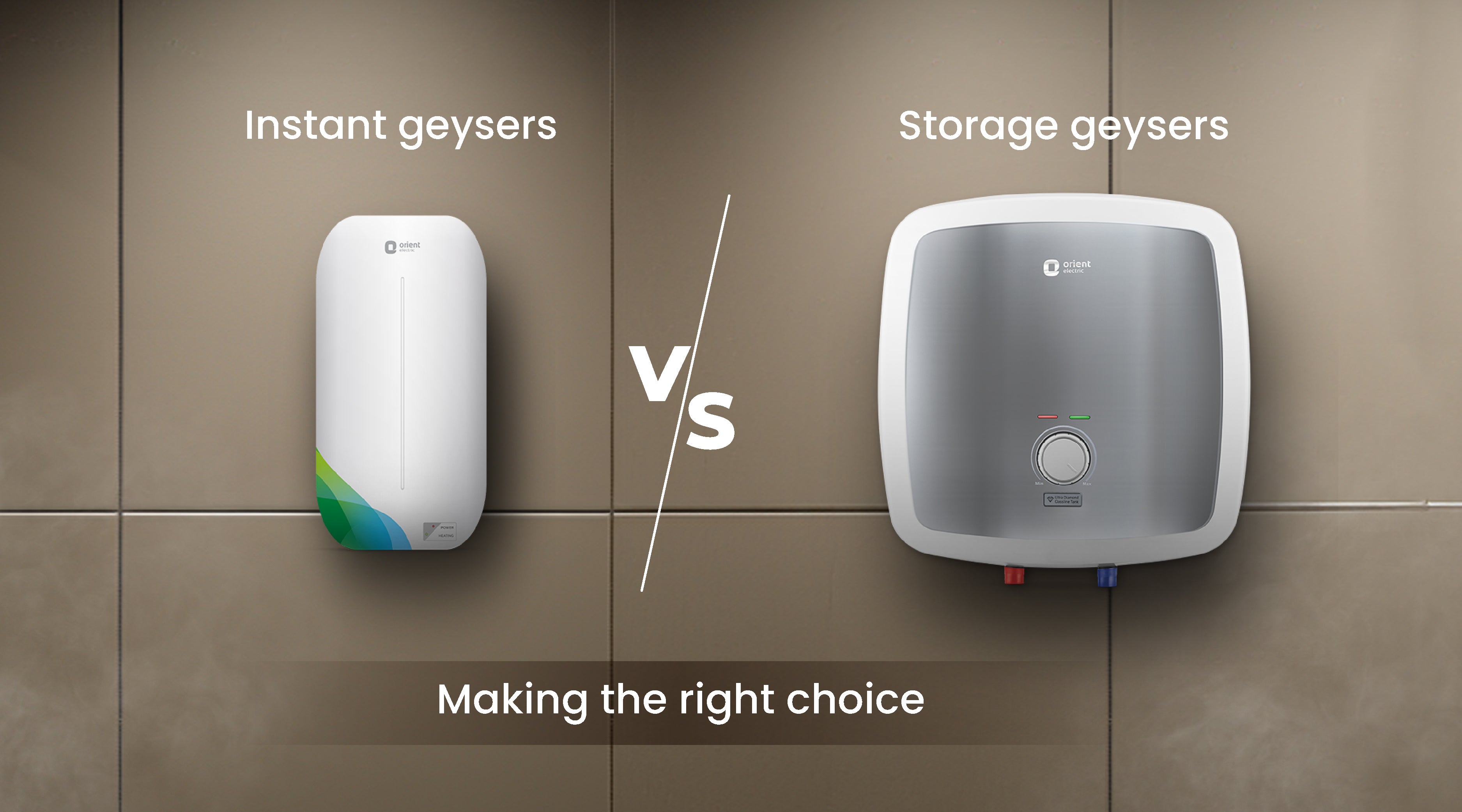Exactly how to Choose the Right Geyser to Optimize Energy Performance in your house
Selecting an energy-efficient geyser is not as simple as it seems, calling for cautious analysis of different factors. From recognizing the different kinds of geysers, to examining their energy performance ratings and taking into consideration placement approach, each decision plays an important role in making the most of performance. Balancing the first investment with lasting savings is also critical. Let's get started on this journey to find just how to make the most educated choice for a hot spring that will decrease your energy expenses while guaranteeing optimum performance.

Understanding the Different Kinds Of Geyser
While there are different kinds of geysers offered on the market, understanding the differences in between them is essential for power efficiency (geyser sizes). The very first kind, storage hot springs, are the most usual and store warm water in a container for use when needed. They are offered in various capabilities and are generally energy-efficient, but they can shed warmth when not in use
The second kind is the tankless geyser, which warms water on demand, resulting in much less power waste but needing a greater first power draw. There are warm pump hot springs that make use of electricity to move heat from one place to one more instead of producing warmth straight. They can be a couple of times more energy efficient than conventional storage geysers. Lastly, solar geysers use solar energy to heat the water, making them the most energy-efficient but likewise the most pricey.
Assessing Your Household's Warm water Demands
Prior to diving into the purchase of a hot spring, it is essential to examine the warm water needs of your house. This evaluation ought to consider countless aspects including the variety of family members, regularity of warm water usage, and the number of warm water outlets in the home (geyser sizes). A little household with irregular warm water use might call for a smaller sized, less effective geyser compared to a larger family members with numerous day-to-day warm water needs
The sort of appliances that need warm water likewise play a significant role. Dish washers and washing equipments, for example, might require even more warm water than an easy shower or cooking area sink. Details activities such as bathing or cleansing additionally influence the frequency and quantity of warm water required.
Examining Power Efficiency Scores of Geyser
Having actually assessed the hot water requirements of your house, it's crucial to transform your attention to the energy performance rankings of geysers. These ratings, normally offered as Energy Variable (EF), suggest a geyser's overall page energy performance based upon the quantity of warm water produced each of fuel taken in over a regular day. The greater the EF, the more efficient the water heater.

Considerations in Geyser Size and Placement
Beyond energy performance rankings, the size and positioning of your geyser are essential components to think about. The size of the geyser must line up with your home's warm water demands. A tiny geyser might make use of much less energy however may not provide enough warm water for numerous uses at the same time, whereas a larger unit can fulfill higher demand but might take in more power.
Geysers need to be set up close to points of usage to minimize warmth loss during water transport. Additionally, thinking about thermal insulation, a geyser situated in a warmer location loses much less heat and consequently utilizes much less energy to maintain the water temperature level.
Cost Evaluation: Balancing Preliminary Financial Investment and Long-Term Cost Savings
While dimension and placement unquestionably play significant functions in a hot spring's energy efficiency, one have to not ignore the financial facet. When considering the preliminary financial investment, the cost of energy-efficient hot springs can be more than common models. The boosted ahead of time expense can be countered by long-term energy cost savings, making it a rewarding financial investment in the long run (geyser sizes).
Evaluating long-lasting financial savings requires an understanding of the geyser's you could look here energy score. A device with a greater rating will consume less energy, equating to lower utility bills with time. Federal government motivations and discounts for energy-efficient devices can additionally aid redeem first expenses.
Lastly, maintenance and lifespan should be factored in. Energy-efficient geysers typically have longer life expectancies and lower maintenance prices, adding to overall financial savings. When stabilizing preliminary investment and long-lasting cost savings, one should consider not just the acquisition cost but additionally power consumption, government motivations, and maintenance costs.

Conclusion
Selecting an energy-efficient geyser needs cautious consideration of different elements. These include comprehending the sorts of geysers, evaluating your home's warm water needs, reviewing energy performance rankings, and computing cost benefits. The appropriate geyser dimension, positioning, and insulation can dramatically lower power expenses and environmental impact. For that reason, making a knowledgeable option can lead to substantial lasting savings, making it a rewarding investment for your home.